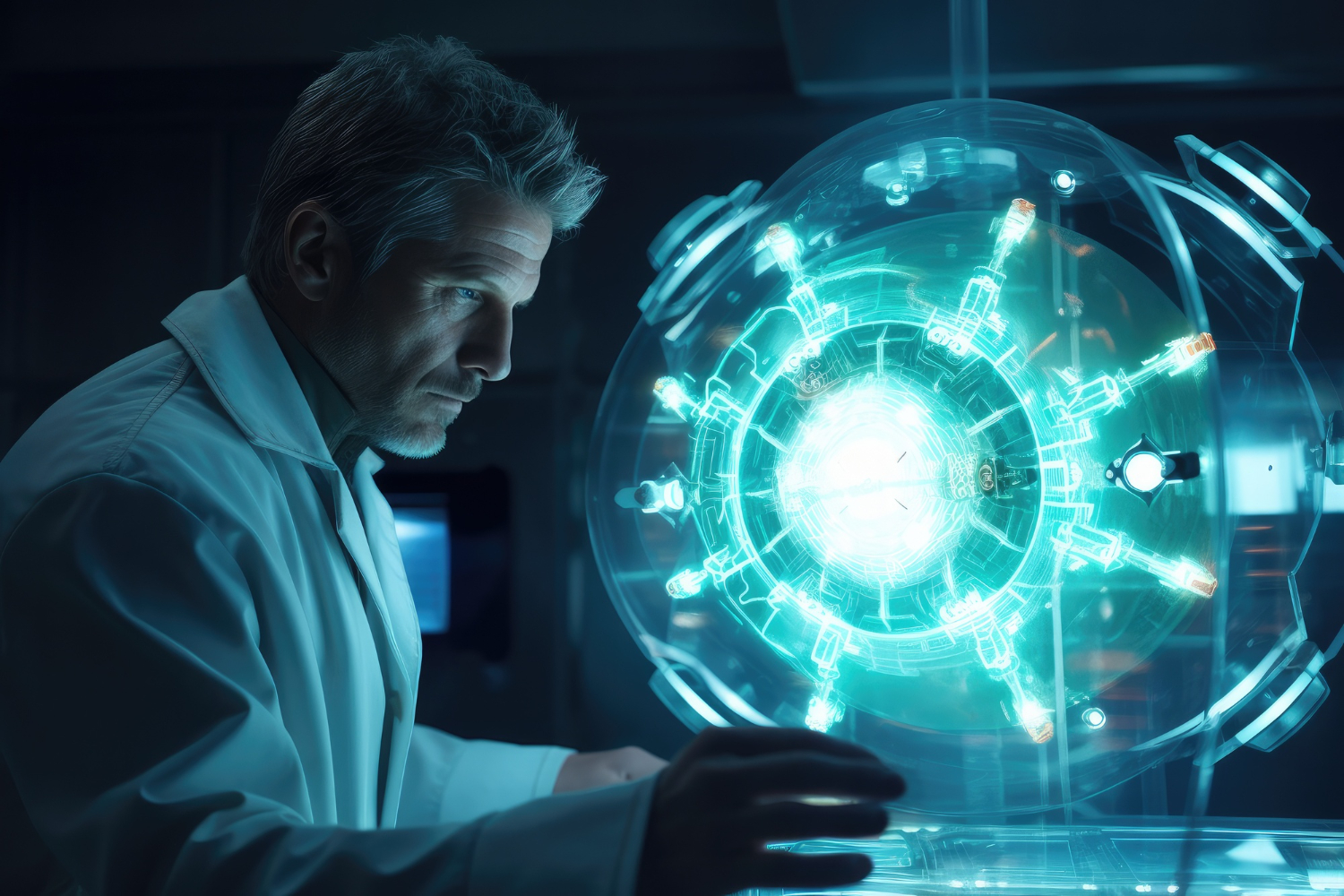
Introduction
The Office of Management and Budget (OMB) recently received an overwhelming response from the radiologic technologist community, with over 42,000 comments submitted to support the reclassification of radiologic technologists as professionals. These comments were funneled through the American Society of Radiologic Technologists (ASRT )Advocacy Action Center, reflecting a strong push from the industry to recognize the vital role these healthcare professionals play.
The Importance of Professional Classification
What is Professional Classification?
Professional classification under the OMB’s Standard Occupational Classification (SOC) is a significant recognition that differentiates skilled professionals from other occupational categories. According to the SOC, a professional status is attributed to roles that require advanced knowledge, predominantly intellectual tasks, and the consistent exercise of discretion and judgment in performing duties.
Why is it Important for Radiologic Technologists?
Being classified as professionals under the SOC would not only provide radiologic technologists with higher professional recognition but also potentially open doors to better opportunities, higher salaries, and improved job security. It underscores the intellectual and critical responsibilities these technologists undertake daily, thus aligning their status with their contribution to the healthcare system.
The Role of Radiologic Technologists in Healthcare
Vital Members of the Healthcare Team
Radiologic technologists are essential healthcare team members, working closely with physicians to perform diagnostic imaging examinations and administer radiation therapy treatments. Their work involves advanced knowledge of radiation protection, radiation physics, and equipment protocols.
Daily Responsibilities
The responsibilities of a radiologic technologist go far beyond operating imaging machines. They include creating quality medical images that are crucial for accurate diagnoses, ensuring patient safety, and making critical decisions that could potentially save lives. This role demands not just technical skills but also critical thinking, discernment, and judgment, all of which are key elements of professional status as defined by the OMB.
ASRT’s Advocacy Efforts
A Decade-Long Effort
The ASRT has been advocating for the professional classification of radiologic technologists for several years. With the SOC window only opening every 10 years, this year’s opportunity was a critical moment for the radiologic technology community to make its case.
Mobilizing Support
The ASRT’s efforts in mobilizing support were nothing short of extraordinary. Through the ASRT Advocacy Action Center, more than 42,000 comments were submitted in favor of the reclassification. This massive response was not just from ASRT members but also from peer organizations and the general public, demonstrating widespread recognition of the need for this reclassification.
Key Voices in the Advocacy
Heather Moore, Ph.D., R.T.(R), President of ASRT, highlighted the advanced knowledge and critical responsibilities of radiologic technologists, reinforcing why they meet the OMB’s definition of professionals. Jason Bradley, B.A., R.T.(R), CAE, Vice President of Governance and Public Policy at ASRT, emphasized the long-standing desire within the community for professional status, which drove the significant response to the OMB petition.
Impact of Professional Status Reclassification
Benefits of Reclassification
If radiologic technologists are reclassified as professionals, it would lead to several benefits:
– Enhanced Professional Recognition: Radiologic technologists would receive the recognition that aligns with their skill level and responsibilities.
– Improved Career Opportunities: This classification could lead to more advanced career opportunities and better remuneration.
– Elevated Standards: It would set a precedent for higher educational and training standards within the profession.
Potential Challenges
While the reclassification would bring many benefits, it could also introduce challenges, such as the need for additional certifications or changes in the education curriculum to meet the professional criteria set by the OMB.
Next Steps and Future Implications
OMB Review Process
Now that the comment period has closed, the OMB will begin its review process to determine whether radiologic technologists meet the criteria for professional status. This decision will involve analyzing the submitted comments and evaluating the role of radiologic technologists against the SOC’s standards.
Future Implications
If the OMB decides in favor of reclassification, the changes will be enacted in 2028. This would not only be a victory for radiologic technologists but also set a benchmark for other healthcare roles seeking professional recognition in the future.
Ongoing Advocacy
ASRT’s CEO and Executive Director, Melissa B. Pergola, Ed.D., R.T.(R)(M), FASRT, CAE, stressed the importance of continuous advocacy to ensure that the profession is recognized and valued appropriately within the healthcare system.
Discover the latest Provider news updates with a single click. Follow DistilINFO HospitalIT and stay ahead with updates. Join our community today!
FAQs
1. Why is the OMB’s professional classification important?
A. The OMB’s professional classification is important because it formally recognizes the advanced knowledge and critical thinking required in a profession, which can lead to better job opportunities, higher salaries, and increased recognition.
2. What are the main responsibilities of a radiologic technologist?
A. Radiologic technologists are responsible for performing diagnostic imaging examinations, ensuring patient safety, and creating quality medical images that are vital for accurate diagnoses. Their role requires advanced technical knowledge and critical decision-making.
3. When will the OMB decide on the reclassification?
A. The OMB is expected to review all submitted comments and make a decision on the reclassification by 2028.
4. How can radiologic technologists benefit from professional reclassification?
A. Professional reclassification can lead to enhanced professional recognition, improved career opportunities, and potentially better remuneration.
Conclusion
The push to classify radiologic technologists as professionals is not just a matter of recognition but a reflection of the advanced knowledge and critical responsibilities these healthcare professionals bear. With over 42,000 comments submitted in support, the radiologic technologist community, led by ASRT, has made a compelling case for reclassification. The decision by the OMB, expected in 2028, could mark a significant milestone in the professional journey of radiologic technologists, bringing them the recognition and benefits they truly deserve.




